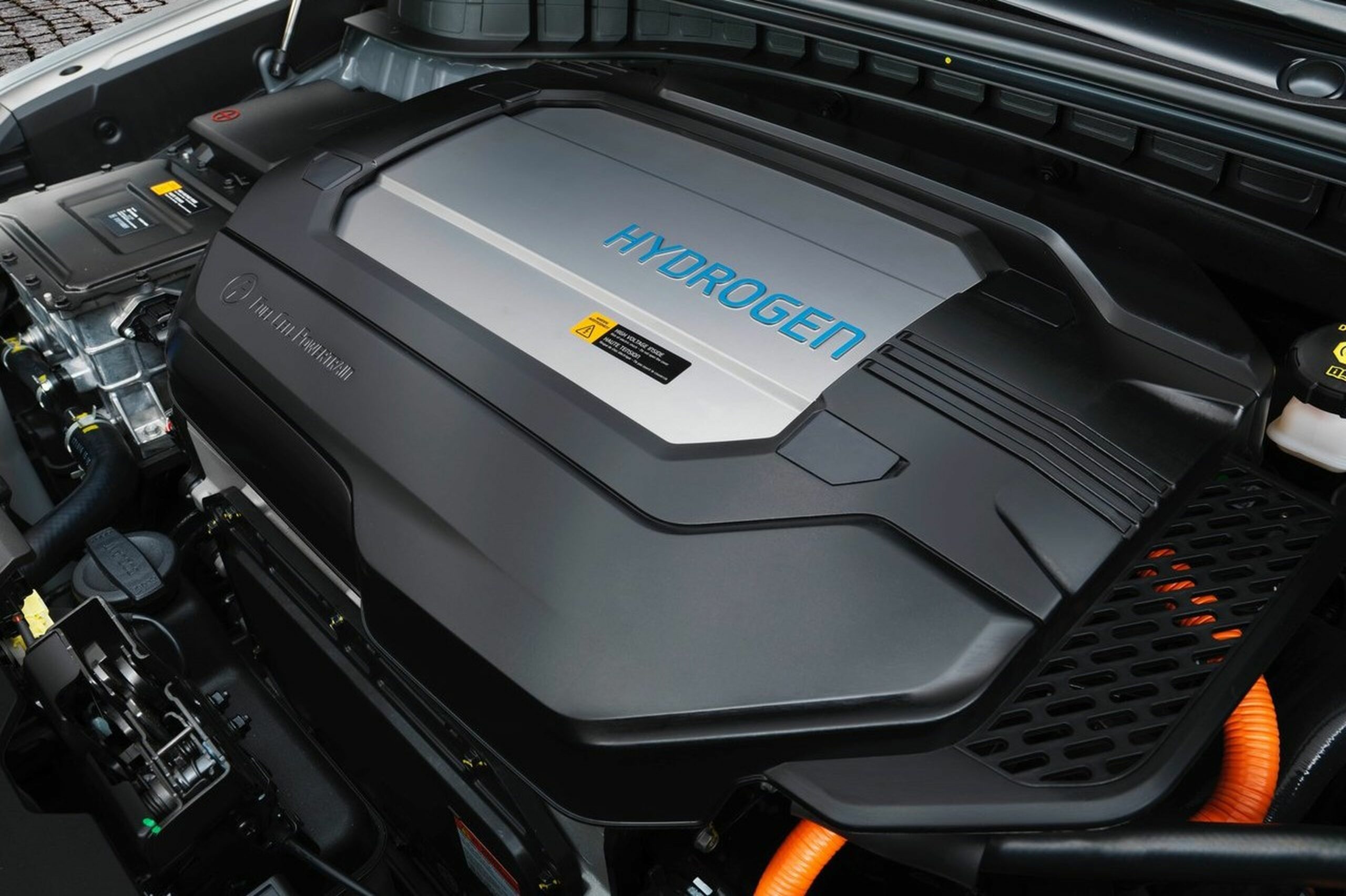Hydrogen’s potential as a clean fuel could be limited by a chemical reaction in the lower atmosphere. This is because hydrogen readily reacts in the atmosphere with the same molecule main responsible for the decomposition of methane, a potent greenhouse gas.
If the emissions of hydrogen exceed a certain threshold, that shared reaction is likely to cause methane to build up in the atmosphere, with very damaging climate consequences for decades.
Researchers from Princeton University and the National Oceanic and Atmospheric Association modeled the effect of hydrogen emissions on atmospheric methane and found that fuel substitution may not be as green as thought.
And it is that above a certain threshold, even when it replaces the use of fuels fossils, a leaky hydrogen economy could cause fatal environmental damage in the short term by increasing the amount of methane in the atmosphere.
The risk of harm is exacerbated in hydrogen production methods that use methane as an input, underscoring the critical need to manage and minimize emissions from hydrogen production.
Problems that this fuel leaves us at a chemical level
The problem boils down to a small, difficult-to-measure molecule known as a hydroxyl (OH) radical. Often nicknamed “the detergent of the troposphere”, OH plays a key role in removing greenhouse gases such as methane and ozone from the atmosphere.
The hydroxyl radical also reacts with gaseous hydrogen in the atmosphere. And since a limited amount of OH is generated each day, any spike in hydrogen emissions means that more OH would be used to break down the hydrogen, leaving less OH available to break down the methane.
Consequently, methane would stay longer in the atmosphere, amplifying its warming effects. According to Bertagnithe effects of a hydrogen spike could have climate consequences for the planet for decades.
The critical threshold for green hydrogen emissions is around 9%. This means that if more than 9% of the green hydrogen produced escapes into the atmosphere, atmospheric methane would increase in the coming decades, negating the climate benefits of hydrogen fuel.













![[Img #74692]](https://thelatestnews.world/wp-content/uploads/2024/12/What-do-11-and-12-year-old-boys-and-girls-300x200.jpg)